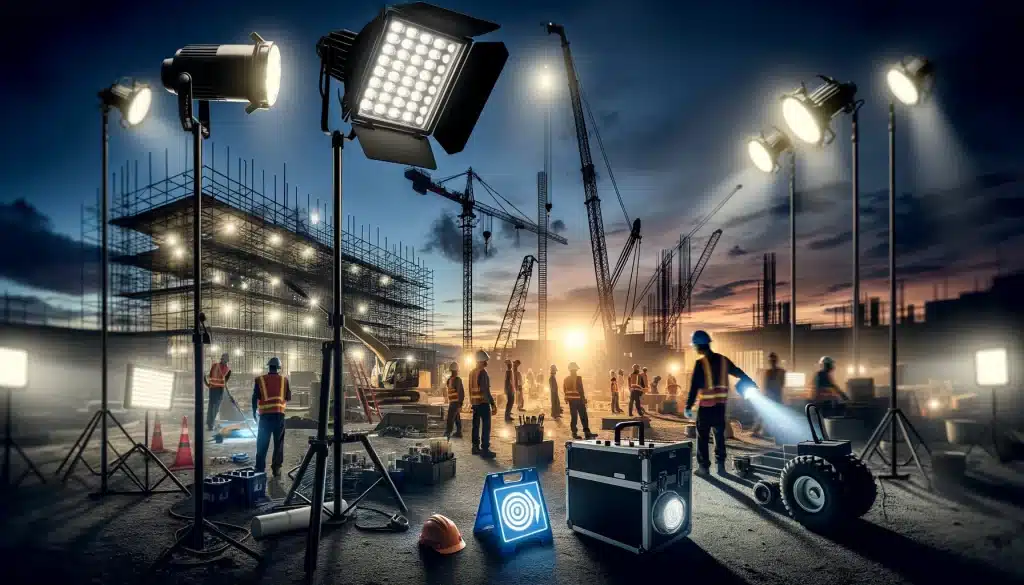
Welcome to Tally Ho Lighting
Welcome to Tally Ho Lighting
In recent years, the shift towards energy efficiency has become more than just a trend; it’s a necessity. The spotlight is now on energy-efficient lighting technologies, illuminating the path to reduced energy consumption and lower electricity bills. Among the myriad of benefits, these technologies also contribute to a substantial decrease in carbon emissions, promoting a greener, more sustainable environment.
Energy efficiency is paramount in reducing operational costs and preserving our planet for future generations. It’s a win-win scenario where both individuals and the environment benefit.
LED (Light Emitting Diode) lighting stands at the forefront of energy-saving solutions.
LEDs operate by passing a current through a semiconductor, which then emits light. Unlike traditional bulbs, LEDs convert almost 90% of the energy into light, reducing waste heat and saving energy.
LED lights are known for their longevity, energy efficiency, and ability to function in varying temperature ranges, making them a practical choice for various settings.
Harnessing the power of the sun, solar lighting is the epitome of self-sustainability.
Solar lights work by capturing sunlight, storing it in batteries, and then using it to power LED lights after dark.
They reduce dependency on the grid, lower energy bills, and contribute to a cleaner environment.
The integration of technology has given birth to smart lighting systems, a step towards modernized home and office spaces.
Smart lighting systems utilize sensors and smart bulbs to adjust lighting based on the time of day, occupancy, or pre-set schedules.
They optimize energy use, reduce electricity bills, and provide a customized lighting experience.
OLEDs represent a thin, flexible, and efficient lighting technology.
They function by passing electricity through organic materials, emitting light in the process.
With their slim profile and energy efficiency, OLEDs are suitable for a wide range of applications.
Fiber optic lighting is a modern marvel, providing unique solutions.
Fiber optic lights operate by transmitting light through fibers made from glass or plastic.
They are energy-efficient, safe, and provide a whimsical lighting effect.
Adopting energy-efficient lighting technologies is a step towards a sustainable and cost-effective future. The aforementioned technologies offer a variety of options to cater to different needs and preferences.
Share to :

Lighting the way to a brighter tomorrow, one space at a time
Copyright © All Right Reserved